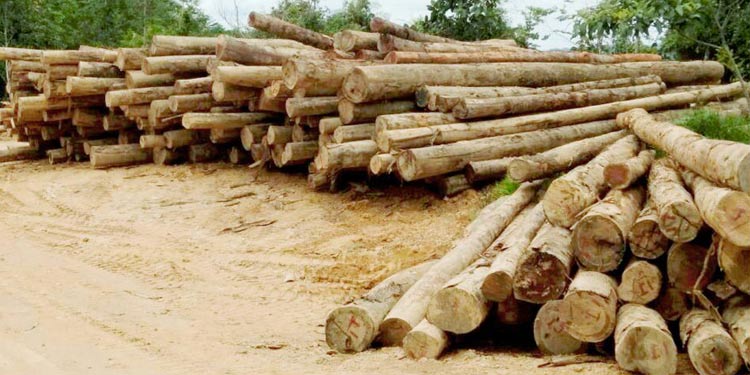
Forecasting the potential availability of wood and demand through the planning phase showed a steady rise in supply and demand by the year 2032. Supply is projected to rise from the existing 31,372,531m3 to 35,727,900m3, with timber and poles increasing by 22.1 percent, firewood by 10.0 percent and coal by 9.5 percent by 2032. Production is also expected to grow to 50,712,100m3, with timber growing by 43.2 percent, poles by 58.2 percent, firewood by 16.1 percent, and charcoal by 17.8 percent by 2032.
Several trends in Kenya are contributing to a growth in demand for timber. Kenya’s economy has grown by 6% a year and is projected to continue to grow steadily. The population currently stands at 53 million and the proportion of the population living in cities is rising gradually. The rising middle class needs to purchase nicer homes and furniture.
Timber is developed from public plantations, cooperative and private forests and farmland. Sourcing wood from government plantations allows the processor to be a licensee to run a plantation on the basis of the firm’s capacity to extract wood efficiently.
The demand for furniture-quality wood creates prospects for Finnish sawmills, which are currently exporting quantities of furniture-quality spruce sawn wood. There is a development boom in Kenya relative to China. Housing, as well as new offices, hotels and other commercial buildings, has been growing. While concrete, steel and glass are dominant structural and surface materials, the use of wood as a construction material is becoming more common. Demand for prefabricated houses and building parts has also been slowly growing. This offers immense opportunities for the timber industry in Kenya and other countries that are preparing to invest in Africa.
